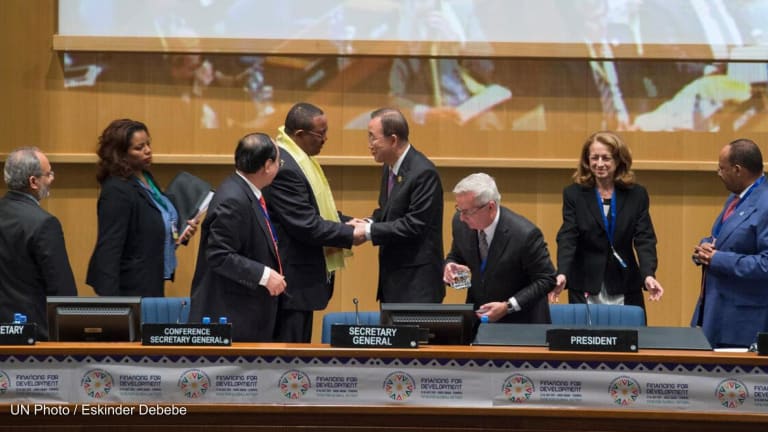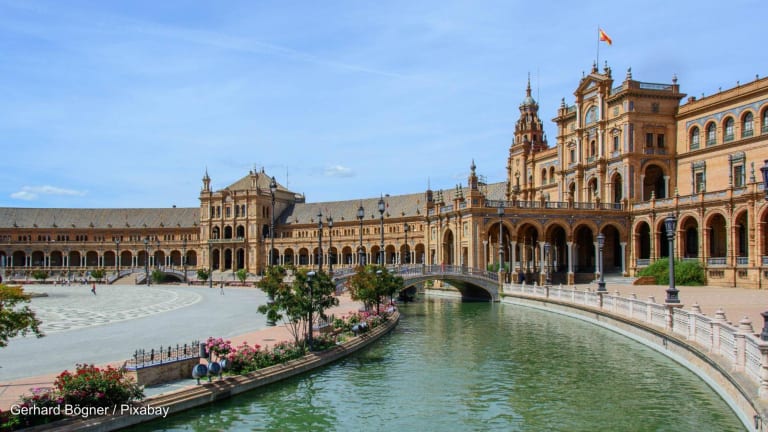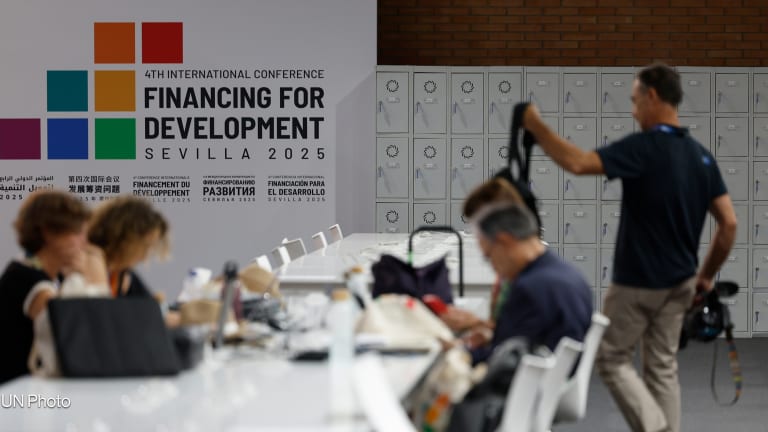Social protection is our greatest tool in the fight against poverty. Yet as 2025 gets underway, the harsh reality is that in the world’s lowest-income countries over 90% of people lack any form of protection whatsoever. There is simply nothing in place to protect them when they fall sick, or when their income changes as a result of life events such as unemployment, pregnancy, or old age.
Without first establishing basic social protection schemes in these countries, the outlook for eradicating poverty remains bleak.
We know it would cost the world’s lowest-income countries (26 of them, accounting for 9% of the global population) $308.5 billion a year to provide their populations with the basic social rights that form the stepping stones out of poverty: namely, essential health care and basic income security. This price tag (equivalent to 52.3% of their GDP), is entirely out of the reach of countries squeezed by a heavy debt burden and therefore particularly hard hit by the rise in interest rates since 2022. As a result, social protection coverage for low-income countries has hardly increased since 2015.








